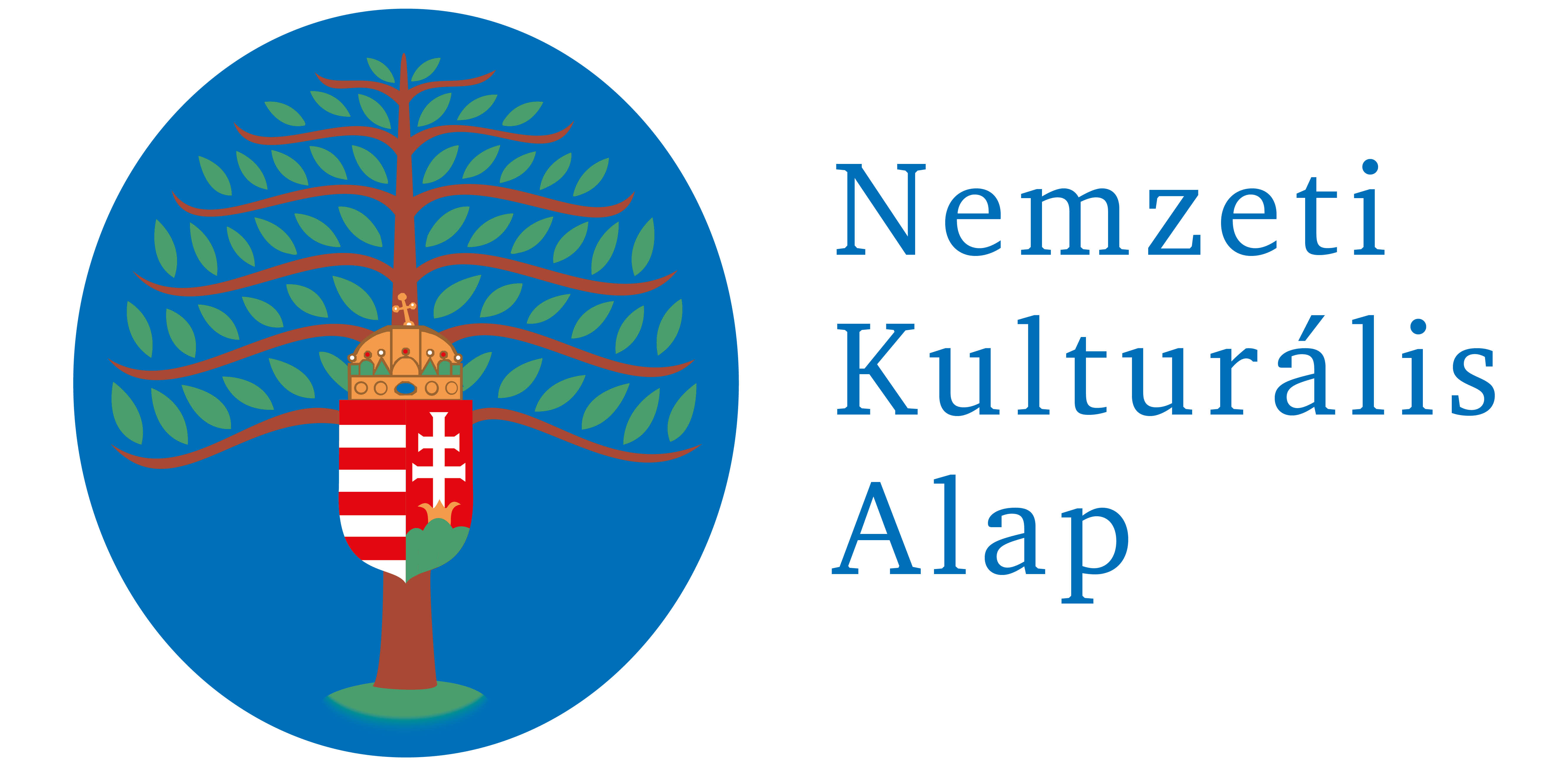Naptár
2024. április 15–19.
2024. április 20.
Eötvös József Kárpát-medencei középiskolai szónokverseny
2024. április 24. – május 3.
Tovább...
3. 2014.
Abstracts in English
Studies
Steklács, János
Opportunities of eye tracking experiments in the recognition of the reading and visual information processing competences
There are more and more experiments conducted with eye tracking equipment in research in Hungary. This research technology enables us to learn more about the development of students’ cognitive competences and to get guidelines for their effective development. This study summarizes the most important characteristics of the connections of eye tracking, visual information processing, and reading and it also provides an overview of the theoretical background of the eye tracking experiments. It shows details about the results of the research done in the previous years in the area of teaching reading, visual education, music, and mathematics. It gives suggestions about how to utilize research results for the better understanding and development of the students’ cognitive, learning, reading, information processing and problem-solving strategies.
Nagy-Varga, Zsolt
Ten-year old students’ strategies for producing definitions
The investigation of ten-year old students’ oral text production is a very important research area. The aim of the present study is to investigate how students in grade eleven of high school produce definitions and to build up a typology based on their strategies. The hypothesis of the investigation is that the use of synonyms, the function-based definition, the listing of subtypes appears among the definition modes; and based on the age, it can be hypothesized that the most characteristic is the use of elementary categorization (gender concept and distinctive features). In the experiment, participants were asked to define and explain the meaning of the words of the definition production component in the Child Language Database and Information Repertoire (Gyermeknyelvi adatbázis és információtár). The results proved that students use several strategies for formulating definitions. The pedagogical relevance of the investigation is that it draws the educators’ attention to the importance of the development of oral communication and definition.
Workshop
Boronkai, Dóra
The development of negotiation skills on first-language classes
This study aims to provide help for developing negotiation skills, starting with a brief overview followed by related exercises and situation games. The theoretical introduction outlines the interpretation of the concept of negotiation, describes the main negotiation models in short, and provides an overview of essential negotiation strategies. The aim of the related exercises is to become familiar with negotiation techniques, apply them consciously, and develop the cooperative, communication, and conflict management skills of group members.
Lázár, Ildikó
Intercultural games and exercices
The basis of this study is the first edition of the volume 33 cultural games for language lessons (33 kulturális játék a nyelvórán). The author adapted a selection of the ideas and exercises from her earlier intercultural communication textbook published in English and French to make them more easily available for Hungarian teachers. The first edition of 33 cultural games aimed to help language teachers and communication trainers in developing intercultural competence. The activities published here are taken from the forthcoming updated and enriched second edition and will be of use for teachers of any subject, as the skills, attitudes, and knowledge needed for successful intercultural communication can not only be developed by language teachers but everyone involved in education.
Szilassy, Eszter
Conclusions of a text production survey in higher education
This study shows the investigation and the results of a placement test in text production conducted at Zsigmond Király Főiskola. The paper explores the background and reasons of the investigation and analyses the assessment methods used in the test. It presents the results of the placement test; after that, it introduces the results of one test item, the so-called ‘test article’ – based on various rating criteria, such as impression, content, structure, style, and accuracy. The paper emphasizes that most students of Zsigmond Király Főiskola perform average based on the above-mentioned criteria. To conclude it emphasises the fact that the text production skills of students show a serious deficiency in the areas of style and accuracy.














